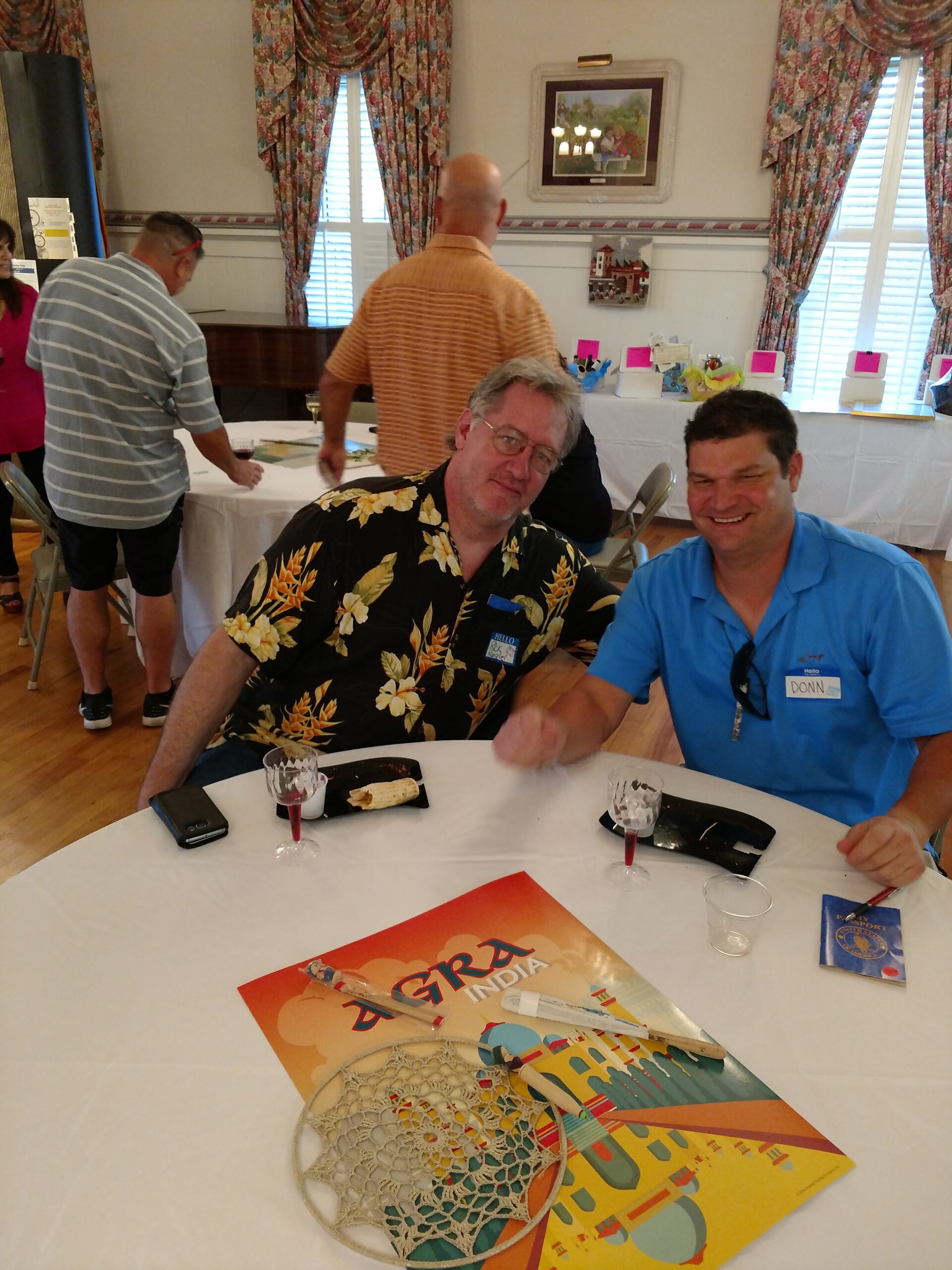What if you could use knowledge about the brain to help your clients work through some of the challenges that they bring to your coaching sessions? I’ve been interested in applying neuroscience to leadership for over a decade. I’ve worked as an executive coach for over 25 years and for the past ten years have been an Associate Professor at Golden Gate University, a private, nonprofit university in San Francisco. In that role, I’ve been fortunate to design several graduate-level courses in our Business School and design and oversee a Master’s in Leadership. I designed and taught an executive coaching course for the past eight years and experimented with teaching students about the brain and how to use that knowledge in their coaching. I’m sharing a tool (Coaching with the Brain Worksheet) that I designed to teach both students and coaches about how to leverage the power of one’s brain. This article explains the worksheet.
Background Information
I typically show a picture of the brain and explain the following. First, you need to know that your brain is primarily wired for safety. We have five times as many circuits that pick up threats than rewards. We pick up threats in 1/5 of one second. Also, we primarily operate non-consciously. The truth is, we are on autopilot most of the time. With 11 million bits of information bombarding us every second, our conscious brain can only handle 40 bits. When we encounter novelty or a change, our brain tells us to switch to our executive function, which uses up a great deal of glucose and oxygen. For instance, recall the first time you attended a virtual meeting using Zoom. Like me, you may have stumbled around, trying to figure out how to see everyone, how to mute and unmute your microphone, and even how to upload a virtual background. Eventually, like brushing your teeth, it became a habit, and you didn’t have to think about it.
A second key learning about the brain is that our brain has neurons (cells) and neurochemicals. Neurochemicals help the neurons communicate with each other. When our heart is pounding or we are deeply relaxed, we are experiencing the effect of neurochemicals. The neurochemical GABA calms us down, increases feelings of relaxation, and reduces anxiety. As the late Judith Glaser always said, we are always experiencing neurochemical showers, either a good mix or a not-so-good mix. When we experience a threat, cortisol pours through our bodies. Imagine red blobs coursing through your body–and staying there for several hours. Long-term stress can negatively impact us and cause trouble concentrating, fatigue, irritability, and other serious health issues.
Another essential concept is the notion of a complex adaptive system. A complex adaptive system is comprised of several systems that interact with each other and adapt to each other. Each part interacts and brings order to the system. The brain is one example of a complex adaptive system. Five key parts of the brain interact with our nervous system to ensure we breathe, survive, think logically and feel empathy for others. I learned about complex adaptive systems while working on my doctorate. In a highly complex organizational system case study, I discovered that critical shifts in mindsets, enabled by a network of conversations, contributed to an organizational transformation. I wondered what would happen if we imagined that key parts of our brain had a voice and could talk to each other to create a new reality. In other words, could we facilitate personal transformation by focusing on the conversations in our heads, linking them to critical parts of the brain?
The post How to Facilitate a Coaching Conversation Using Insights from Neuroscience first appeared on Library of Professional Coaching.




